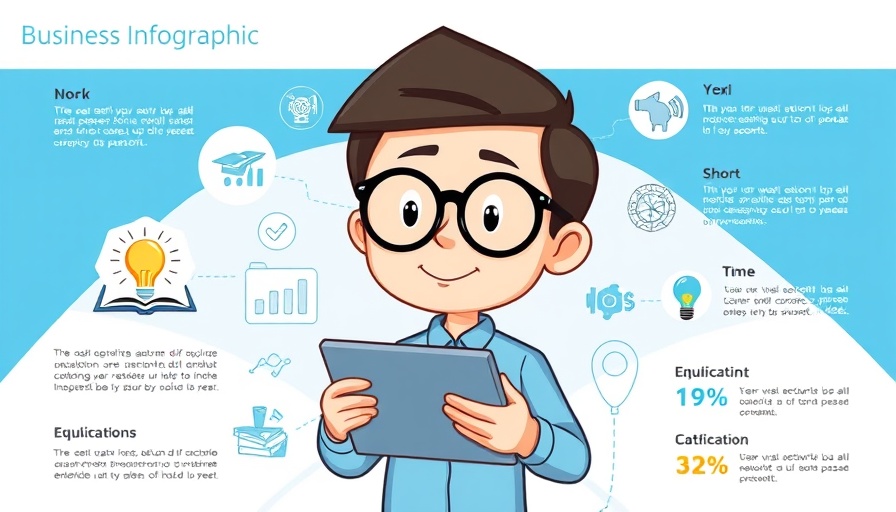
Unleashing Language Skills: The Importance of Learning Languages Early
In today’s interconnected world, the ability to communicate in multiple languages is more valuable than ever. Language skills not only enhance cognitive development but also equip children with crucial tools for future educational and social success. The rise of language learning apps offers parents a modern and effective means to introduce their children to new languages, fostering a love for learning that can last a lifetime.
The Best Language Learning Apps for 2025: Engaging and Effective
Looking ahead to 2025, several language learning apps are poised to revolutionize how children learn new languages. Here’s a look at some standout options:
- Duolingo: Known for its game-like features, Duolingo keeps children engaged with fun lessons and interactive challenges.
- Rosetta Stone: This classic language learning platform incorporates speech recognition technology to help children master pronunciation.
- Babbel: Ideal for older children, Babbel focuses on conversational skills and practical vocabulary, bridging the gap between learning and real-world application.
- Busuu: With its community-driven model, Busuu allows learners to practice with native speakers, enhancing social connections and cultural understanding.
- Memrise: This app uses clever mnemonic devices to make vocabulary retention easier and more enjoyable for learners of all ages.
Adjusting Learning Styles: A Custom Fit for Every Child
Each child has a unique approach to learning. Considering personalized options in language education is crucial for effective engagement. Children who thrive on visual learning can benefit from immersive apps that use videos and imagery, while auditory learners will excel with platforms featuring spoken language and repeat-after-me exercises. Parents can use the different styles to find the right fit for their children, ensuring that learning remains enjoyable rather than a chore.
Emotional and Social Connection: The Benefits of Learning Languages
The social impact of learning a new language is profound. Children who learn languages are often more empathetic and culturally aware, understanding and appreciating diversity at an early age. This can lead to better social interactions and friendships as they engage with peers from different backgrounds. Furthermore, becoming bilingual can boost confidence as children can communicate with a wider range of individuals.
Technological Trends in Language Learning: What Parents Should Know
As language education technology rapidly evolves, parents should be aware of the innovations shaping the future of learning. Trends such as artificial intelligence (AI) provide personalized lesson plans tailored to each child’s pace and learning style. Additionally, integration with virtual reality (VR) creates immersive environments where children can practice languages in simulated real-life situations, enhancing both engagement and retention. Keeping abreast of these advancements ensures that parents can make informed choices for their children’s language education.
Encouraging Responsible Use: Setting Limits and Guidelines
While language learning apps provide great opportunities, parents should also be aware of screen time limits and the importance of balance in their children’s daily activities. Setting clear guidelines on when and how long children can use these apps can prevent dependence on devices while still promoting educational growth. Encouraging offline activities that complement language learning, such as reading books in different languages or engaging in cultural events, can also enhance the learning experience.
Actionable Insights for Parents: Making Language Learning Fun
To make language learning a rewarding experience for children, parents can engage them through various activities. Consider organizing playdates where kids can practice their new skills with peers or incorporate language learning into family games. You might also explore cultural traditions connected to the languages your child is learning, which can foster a deeper appreciation and understanding of the new culture.
In conclusion, as we approach 2025, the landscape of language learning is becoming increasingly bright and accessible. With a wealth of engaging apps at their disposal, parents can effectively support their children’s journey into multilingualism. So why not take the leap and introduce your child to the exciting world of languages today?
 Add Row
Add Row  Add
Add 




Write A Comment